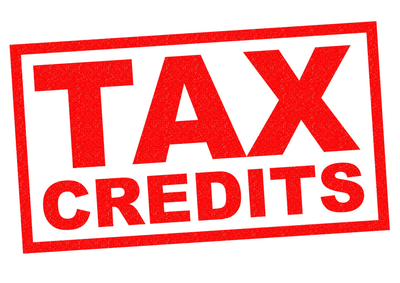Employee Retention Credit
Many businesses are trying their best to survive the negative impact COVID-19 has had on the economy. The government recognizes this and is trying their best to help. One type of assistance is the Employee Retention Credit. It’s a payroll tax credit that has been created via the CARES Act law. The Employee Retention Credit reduces the employer’s share of the social security payroll tax and is refundable so if the credit exceeds the amount of taxes owed for a particular quarter, then the IRS will refund the overpayment.
The credit is available for eligible for-profit businesses or tax-exempt organizations that:
1) Fully or partially suspend operations during any 2020 calendar quarter due to COVID-19 governmental orders, or
2) Experiences a reduction in gross receipts by 50% in a quarter in 2020 when compared to the same quarter in 2019.
The credit equals to 50 percent of qualified wages paid by an eligible employer any time from March 13 through December 31,2020 up to $10,000 of wages per employee. The definition of qualified wages differs based upon whether the business had more or less than 100 employees on average in 2019. If the business had more than 100 employees on average in 2019, then the qualified wages would include wages, compensation, and allocable health plan expenses paid by the business for the period of time the employee was not providing services due to a partial or full suspension of operations because of government COVID-19 orders.
If the business had on average less than 100 employees in 2019, then the qualified wages include wages, compensation, and allocable health plan expenses paid by a business during a partial or complete shut down ordered by a governmental authority, or during a period of 50% reduction in gross receipts in 2020 when compared to the same quarter in 2019.
For example:
1) A business pays Employee A $2,000 for payroll paid from March 13 through the end of the second quarter, March 31, then the business’s employee retention payroll tax credit is $1,000 for that quarter.
2) The business then pays Employee A $10,000 in the third quarter, then the employee retention payroll tax credit is $4,000 because the wage limit for the credit for each employee is $10,000 and $2,000 was paid in the previous quarter.
The significant decline in gross receipts ends in the quarter that follows a quarter where gross receipts exceeds 80% of the same quarter in 2019. Also, qualified wages does not include wages paid to related individuals as normally defined by the IRS such as a child, sibling, step-siblings, parent, niece, nephew, uncle, aunt, and in-laws.
The Employee Retention Credit is an attempt by the government to encourage and help employers retain employees by reducing the employer’s social security matching payroll tax during a time of economic hardship of the employer. However, there are limitations and exceptions to the rules for the credit. For example, an employer that receives a Paycheck Protection Program loan cannot receive the Employee Retention Credit, and a person who recently bought a company in 2019 or early 2020 can use the gross receipts of the previous owner to determine if they suffered a significant decline in gross receipts. To read further about the Employee Retention Credit click on the below link:
https://www.irs.gov/newsroom/faqs-employee-retention-credit-under-the-cares-act
- Mon - Fri
- -
- Sat - Sun
- Appointment Only


